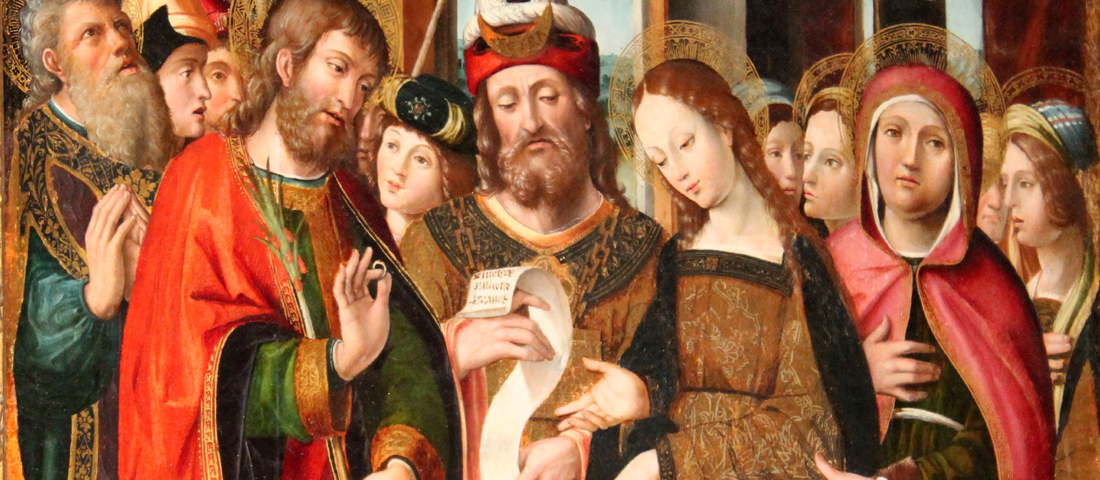Art
PIEDMONT AN EUROPE
Piedmont is a borderland but this has always been an opening, not a limitation.
Piedmont itself emerged from the progressive addition of the region’s valleys and plains to the Savoy family’s French territories, which reached as far as Bourg-en-Bresse, towards the centre of France. Until the 17th century, the region saw the coexistence of the Italian and foreign states that dominated Val Chisone and Pinerolo, and Montferrat, as far as the boundary formed by the River Sesia.
The effective constitution of the Kingdom of Sardinia, under the rule of Victor Amadeus II, in 1720, actually coincided with a new territorial dimension for Piedmont, then enlarged further with the addition of the lands of Novara and Verbania. Piedmont is thus a fusion of peoples and culture, impacted by centuries of history.
From the Roman period onwards, it was the crossroads of Lombardy, Emilia, Liguria, Switzerland and France. Turin was a capital between Rome and Paris, and its character of noble European city was due precisely to this mixture of historical, political and cultural influence.
In architecture and art, the Romanesque Gothic style reached the region from Lombardy, as did the Renaissance, which also drew its inspiration from central Italy, with some Ligurian influence. Baroque is an eminently native style also permeated with Roman and Parisian touches (for instance, the Valentino castle commissioned by Christine of France, an authentic Loire chateau on the banks of the Po).
The Sicilian-born Juvarra, trained in Rome and working in Piedmont, was the main artificer of this fusion and his artistic. skills successfully revived Michelangelo in an international court style, thus seen by all Europe, to the point that Juvarra’s influence is clearly visible in most of northern Europe’s classicist architectures. However, the same region also interpreted Borromini through Guarini and Vittone, inspiring a European Guarini revival.
The latest trends in interior decorating, furniture and fine arts came from 18th-century France. Piedmont even appraised excess with wisdom and accepted or rejected new ideas, always in the most unique forms, as in the case of the great 18th-century cabinetmaker, Pietro Piffetti.







